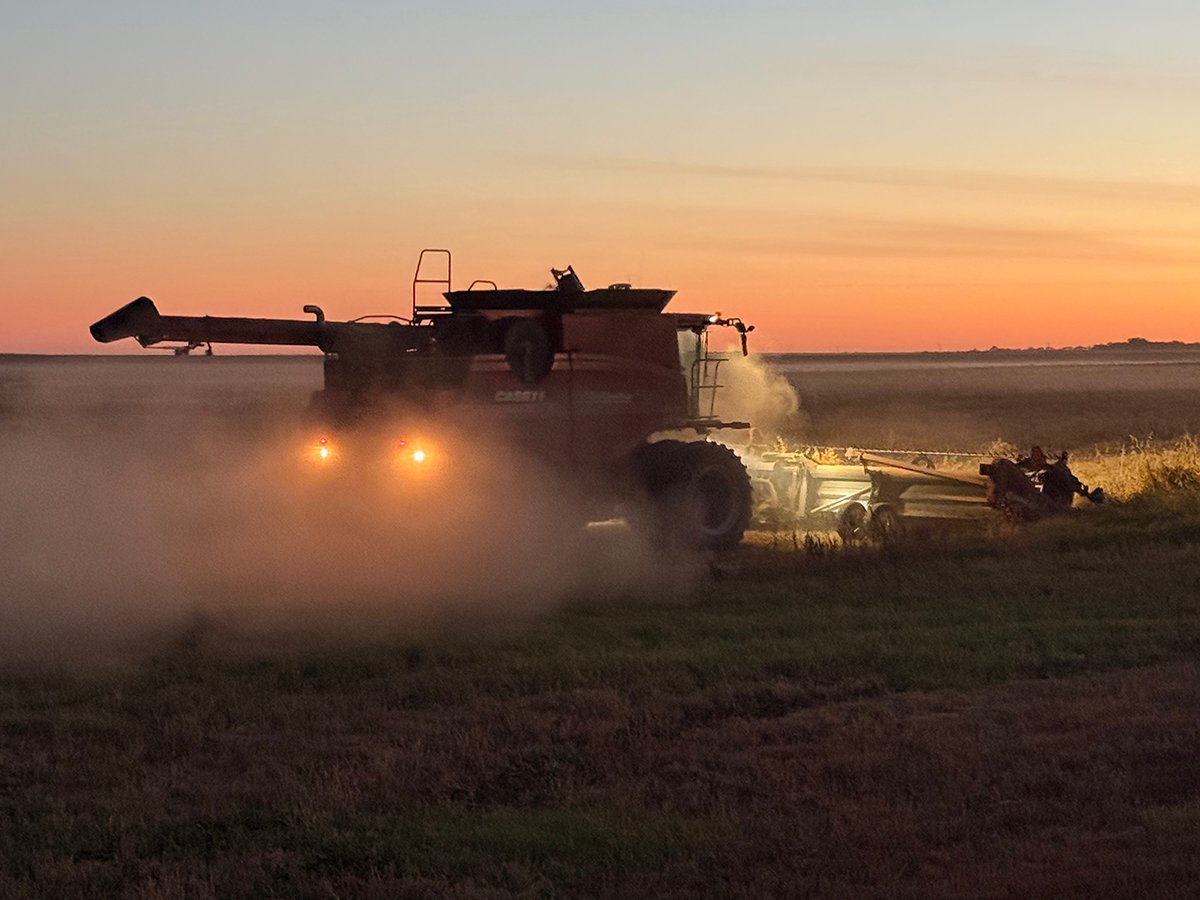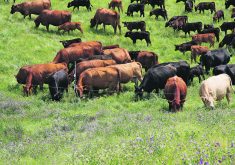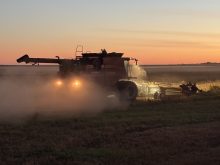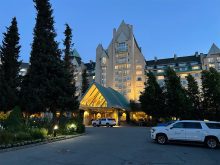infrastructure of Slave Lake, Alta., has been burned down by a forest fire.
A similar thing happened to the southern suburbs of Kelowna, B.C., in the Okanagan Mountain Park fire of 2003 and for exactly the same reason. Canadian municipalities have not, and are not, taking the proximity of large coniferous forests seriously.
The truth is these forests constitute a real and present danger because they contain both highly flammable resins and a tremendous supply of fuel. Under the right conditions, any coniferous forest can turn into a raging inferno that cannot be stopped by any means currently available.
Read Also

Downturn in grain farm economics threatens to be long term
We might look back at this fall as the turning point in grain farm economics — the point where making money became really difficult.
The one and only solution to the problem is to clear cut the forest away from towns for a distance of at least five miles and to fill in the intervening space with sprinkler irrigated pasture, as is done in Vernon, B.C., with recycled waste water.
Slave Lake could have saved itself if it had let its loggers cut down the trees surrounding the town. It should still do so, even though it’s too late, because the forest will be back in 50 years just as dangerous as ever if it does not.
Frank Hilliard,Grand Forks, B.C.
















